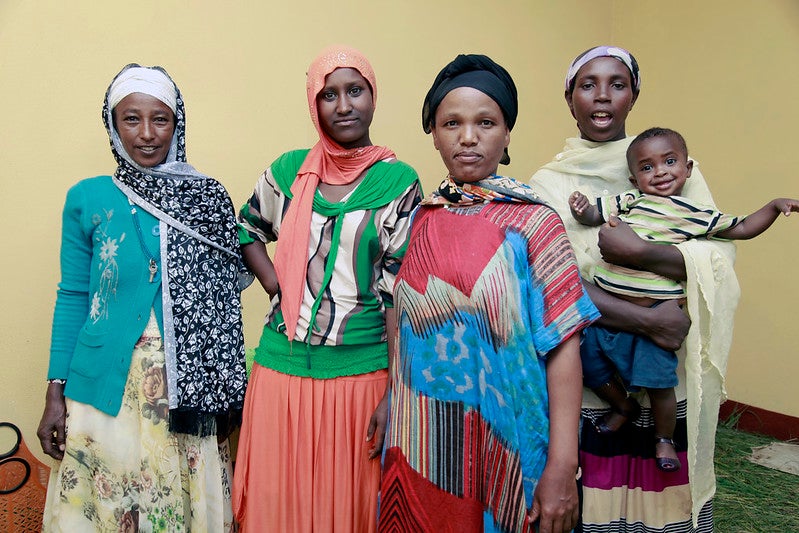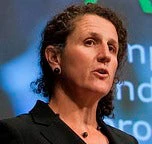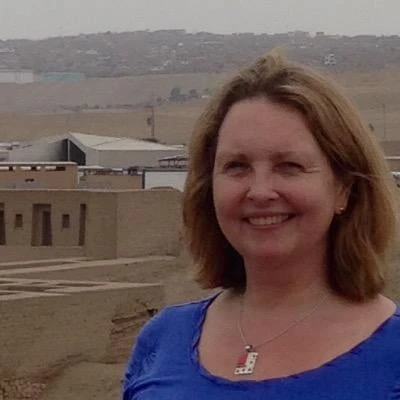 World Bank program beneficiaries in Ethiopia
World Bank program beneficiaries in Ethiopia
The United Nations High Commissioner for Refugees (UNHCR, 2022) estimates that over 100 million people have been forcibly displaced from their homes. This has resulted in significant humanitarian and long-term development needs for the affected individuals and communities. The World Bank’s Building the Evidence on Forced Displacement (BEoFD) program aims to expand high-quality policy-relevant research to inform the range of more effective and durable responses in conflict and post-conflict situations , contributing to sustainable peacebuilding. Over the last few years, the research program examined several global themes, including gender, health, social protection, education, social cohesion, and jobs, in 36 countries around the world.
A recent review by Jeni Klugman and Elena Ortiz of the global research themes finds that there is significant scope across all sectors to investigate and use findings on gender to design and deliver more effective programs. More than two-thirds of the 45 papers discuss gender indicators and constraints in their text and 24 assess gender gaps. But only nine studies discuss the potential policy implications of their findings, such as the need for increased access to sexual and reproductive health services in displacement settings. And only a minority met all three criteria – mainly analyzing gaps, presenting gender indicators, and considering policy or program implications to close gender gaps.
For women and girls who are displaced and live within host communities, access to services and better economic opportunities is important for their own well-being and often enables them to make choices and acts to help them and their communities become more resilient. This is especially important where gender-related constraints are cross cutting – for example, gendered social norms that limit women’s mobility and impede their access to services and ability to take up economic opportunities or participate in decision-making bodies. Planning programs with gender considerations from the outset is equally important, to ensure that women and men access opportunities and use benefits in the same manner.
We assessed whether the studies – on health, social protection, education, social cohesion, and jobs – conducted qualitative or quantitative gender analyses, whether the presented indicators were causally related to gender disparities, and whether the suggested implications offered solutions to address and reduce these disparities. Many of the studies did not have an explicit objective to cover gender.
The table below summarizes the results across the several themes.
Table 1: Forced Displacement Program’s Treatment of Gender
| Global theme |
Total number of research papers |
Assessment of gender gaps |
Presents gendered indicators and identification of constraints |
Considers policy and program implications to close gender gaps |
| Education |
2 |
2 |
2 |
1 |
| Health |
9 |
7 |
7 |
4 |
| Jobs |
2 |
0 |
1 |
0 |
| Social Protection |
6 |
4 |
3 |
2 |
| Social Cohesion |
26 |
11 |
18 |
2 |
| Total |
45 |
24 |
31 |
9 |
The health research reflected extensive analysis of gender gaps and constraints, revealing that women’s health was not adequately prioritized in displacement settings . In Bangladesh's Cox Bazar camps, focus groups found that healthcare for women was inadequate, and mistreatment and stigmatization of survivors of gender-based violence, as well as scarce obstetrics services, further hampered care. Recommendations included the establishment of women-friendly safe spaces to help connect women with essential healthcare and allow female patients to bring a female companion to medical visits.
The research on social protection in forced displacement also showed relatively good coverage of gender gaps and constraints, highlighting how support was not equally accessible to displaced men and women , and demonstrating the benefits of incorporating a gender lens in the analysis. For example, in Greece, 32 percent of male-headed households knew who to contact with problems regarding social protection assistance, compared to only 21 percent of female-headed households. For displaced Venezuelans in Colombia, the gap was even wider, at 44 and 23 percent of male and female-headed households, respectively. Of the six social protection papers, four analyzed gender gaps and three provided sex-disaggregated data, although only two incorporated gender into policy recommendations. The social cohesion program had extensive coverage of gendered indicators and constraints. While only two papers explicitly considered the policy implications related to gender, the papers generated a host of policy insights which are highly relevant to displaced women and women in host communities. The set of papers on social cohesion examines gender disparities on various fronts, including employment, welfare, and discrimination experiences. For example, in Colombia, internally displaced women are less likely to return to their communities of origin and formally demand property restoration. In Switzerland, the employment rate for female refugees increased at a faster rate than for male refugees, and the earnings gap between refugees and natives was smaller for women than for men. This may be due to greater strength of women’s networks that provide services, such as childcare, which facilitate women’s labor force participation. This is the only paper across the entire BEoFD program (outside gender) that has a designated section on gender results.
In sum, the BEoFD program has produced valuable insights into the gender-specific aspects of forced displacement. However, there is still scope for improvement in terms of adequately incorporating gender into the research design and policy recommendations. Some studies within the BEoFD program had limited analysis due to the unavailability of relevant data. Individual-level data, disaggregated by sex, is necessary to better comprehend the circumstances of different household members, dependency ratios, and other important factors. We know that displacement often affects men and women differently and failing to consider these differences creates significant gaps in policy design.
To ensure a more comprehensive approach to forced displacement, it is crucial to address the intersectionality of gender and displacement, reduce gender disparities in assets, education, paid work, and agency, and address the heightened risk of gender-based violence during displacement. Incorporating gender considerations into data collection, research analysis, and program implementation must become a standard practice to better understand and address the gender dimensions of forced displacement.
Acknowledgements
This work is part of the program “Building the Evidence on Protracted Forced Displacement: A Multi-Stakeholder Partnership''. The program is funded by UK aid from the United Kingdom's Foreign, Commonwealth and Development Office (FCDO), it is managed by the World Bank Group (WBG) and was established in partnership with the United Nations High Commissioner for Refugees (UNHCR). The scope of the program is to expand the global knowledge on forced displacement by funding quality research and disseminating results for the use of practitioners and policy makers. This work does not necessarily reflect the views of FCDO, the WBG or UNHCR.





Join the Conversation